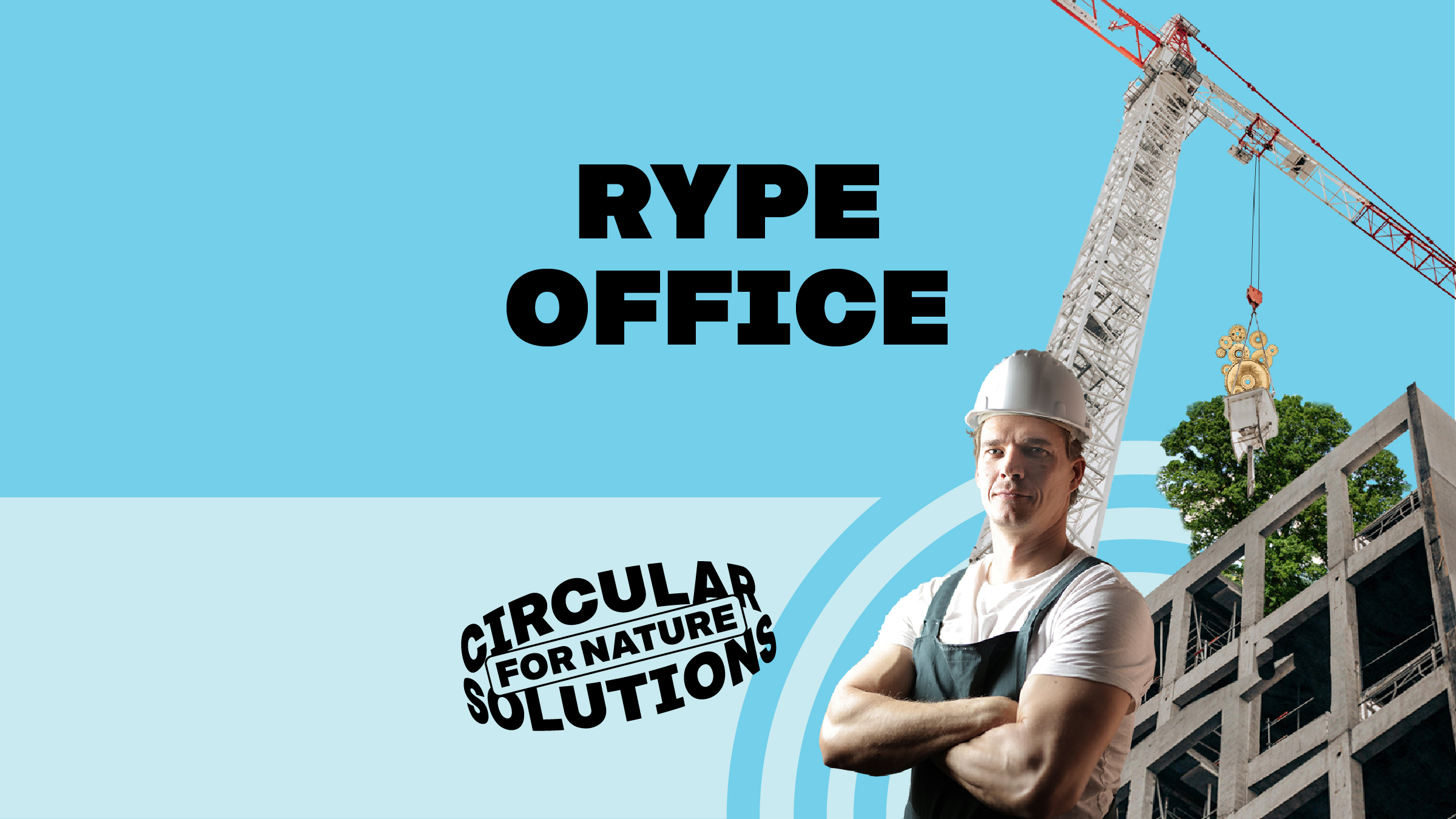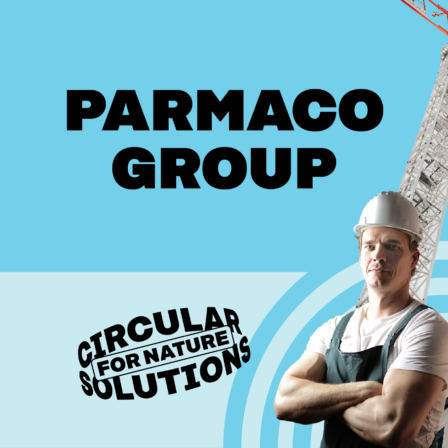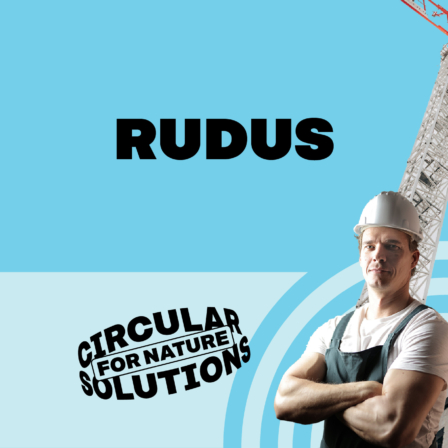Problem
Traditional office furniture production contributes to the annual consumption of millions of tonnes of resources from textiles, plastics, metals and wood, resulting in a considerable land-use and carbon footprint. Reuse practices and activities in this sector are low.
Solution
Rype’s solution is based on remanufacturing, a process that restores used office furniture to an as-new condition. The materials used come from sources such as used furniture, fabrics from used upholstery and textiles fabrics (for example, business suits and jeans) to make the most of secondary resources.
Functional products are often lost to recycling, as the options for reuse and refurbishing are limited. Solutions that make use of an uneven flow of heterogeneous supplies play a key role in avoiding downcycling and keeping products and components in use.
Riku Sinervo and Tim Forslund, Sitra
Biodiversity impacts
Through the remanufacturing of end-of-life wood and textile materials, Rype can prevent unnecessary logging, fibre or cotton production and avoid biodiversity loss during raw material extraction or farming, caused by land-use change and pollution, as well as climate impacts, for which the benefits have been quantified for their approach.
Benefits for the company
Through Rype’s remanufacturing process, the use of recycled materials results in cost savings by avoiding the need for new raw materials in office furniture. According to Rype Office, cost savings for clients worth £1,083,800 have been achieved by cutting spending on virgin resources across 160 projects. Rype’s refurbished office furniture can help companies reach their targets to reduce new resource use in their office facilities, while the company claims its products cost less than half the recommended retail price of new furniture.


































